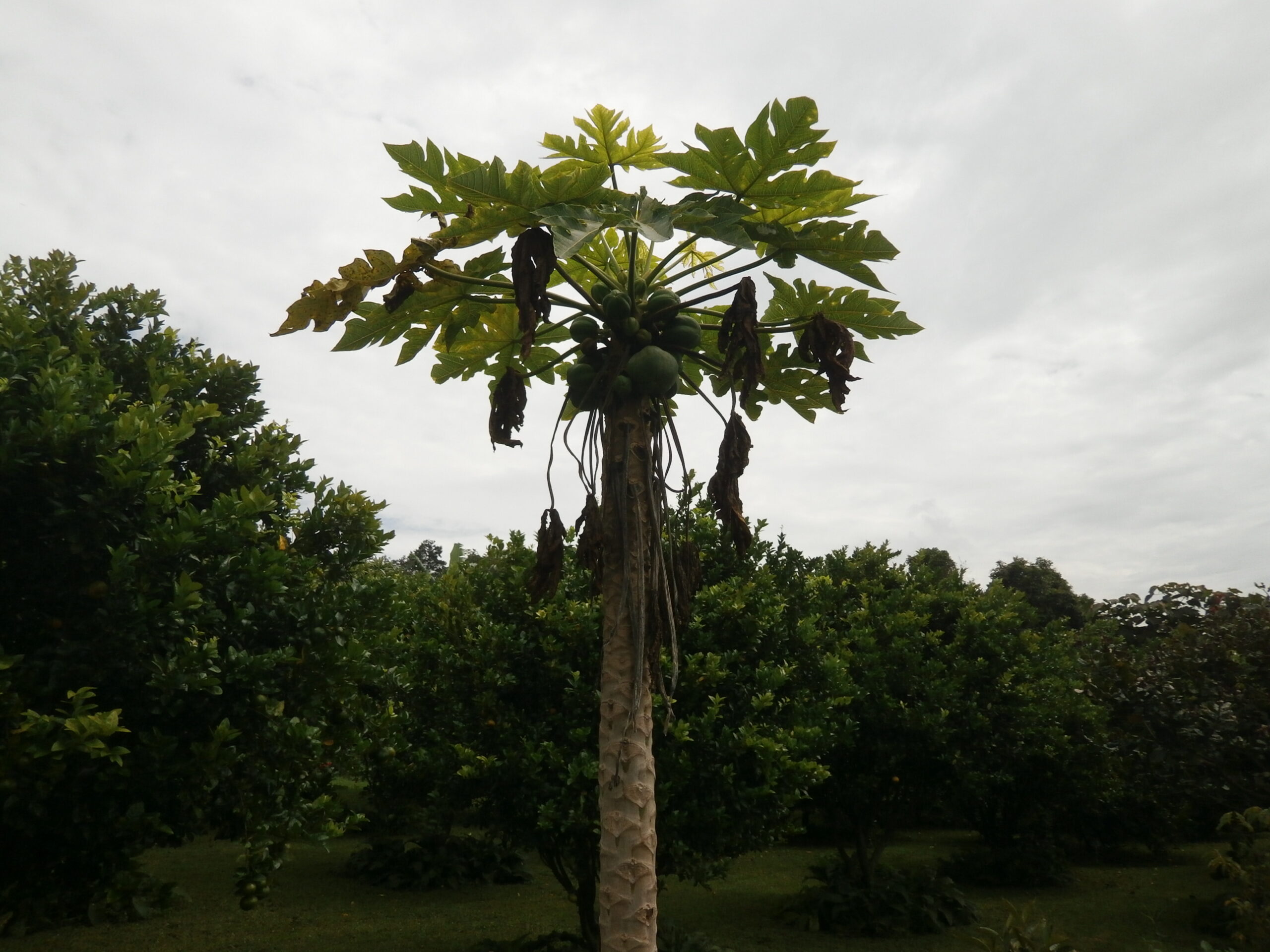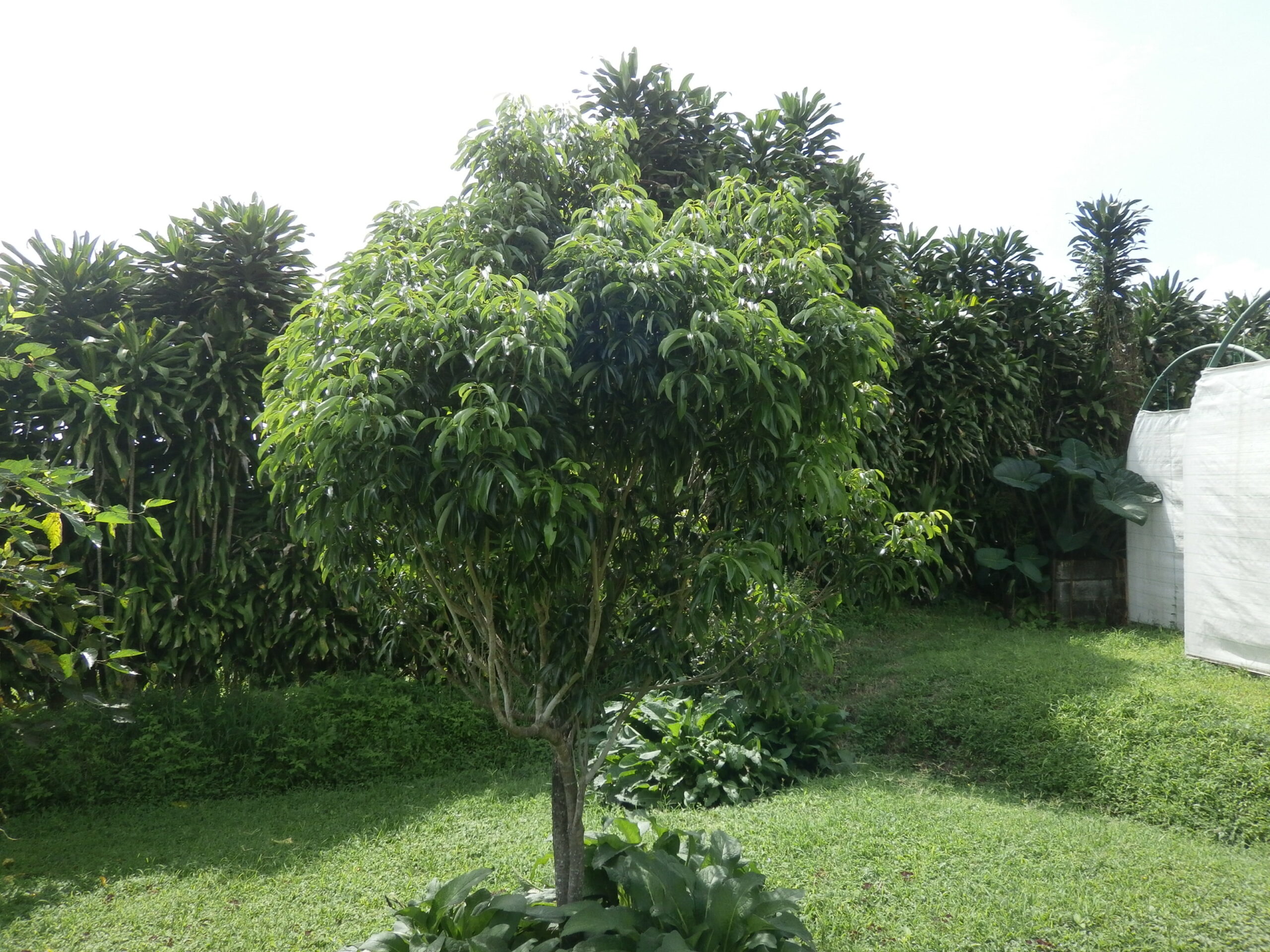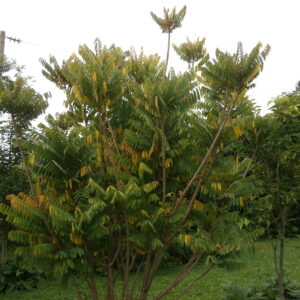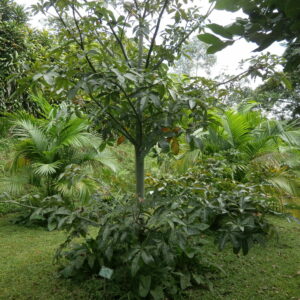
Sundrop
₡2,550.00
Scientific name: Eugenia stipitata
Family:
Origin:
Medicinal use:
41 in stock
Related products
-

Papaya
Fruit orchard ₡2,550.00 Add to cart
Papaya
₡2,550.00
SKU: 1536 Category: Fruit orchardScientific name: Carica papaya
Family: Caricaceae
Origin: Mexico and C America
Medicinal use: Carica papaya is a very rich shrubby fruit of the genus Carica in the family Caricaceae. Its fruit is commonly known as papaya, papayón, olocotón, papayo, mamón, milky or milky. The fruits have a smooth texture and an oblong shape, and can be green, yellow, orange or pink. The fruit is usually consumed raw, without its peel and its seeds. The unripe green papaya fruit can be eaten in salads and stews.
20 in stock
-
Out of Stock

Lemon, Sweet
Fruit orchard ₡2,550.00 Read more
Lemon, Sweet
₡2,550.00
SKU: 1226 Category: Fruit orchardScientific name: Citrus × limon
Family: Rutaceae
Origin: Asia and India
Medicinal use: Citrus × limetta is a kind of citrus. It has a multitude of common names, such as sweet limetta, Mediterranean sweet lemon, sweet lemon, sweet lime and / or simply lime. The sweet lemon has irregular branches, and a relatively soft, greyish-brown wood. The sweet lemon fruit is edible and contains essential oils. The tree for its part is used as an ornamental and as a pattern for grafting.
Out of stock
-
Out of Stock

Lychee
Fruit orchard ₡6,300.00 Read more
Lychee
₡6,300.00
SKU: 1247 Category: Fruit orchardScientific name: Litchi chinensis
Family: Sapindaceae
Origin: China and Vietnam
Medicinal use: Lychee or litchi is a tropical fruit that is known as an “excellent source of sugar, protein, fiber, vitamins, calcium, potassium, phosphorus and magnesium. The fruit is an ovoid, heart-shaped, or nearly round drupe about 2.5 cm in diameter or larger. The interior is formed by a translucent white juicy pulp, with a sweet and fragrant flavor. It is grown in some places as a melliferous tree, for its fruit rich in minerals (calcium and phosphorus), Vitamin C, A, B1 and B2.
Out of stock
-

Cucumber tree
Fruit orchard ₡4,400.00 Add to cart
Cucumber tree
₡4,400.00
SKU: 1380 Category: Fruit orchardScientific name: Averrhoa bilimbi
Family: Oxalidaceae
Origin: Malesia
Medicinal use: It is a tree that produces fruits of the genus Averrhoa, family Oxalidaceae. In the Philippines, where it is commonly found in home gardens, the fruits are eaten raw or flavored with rock salt. It can be prepared as a curry or added as an acidic agent in the Filipino dish called sinigang. Additionally, the fruit can be preserved as a pickle, which reduces its acidity. Sometimes its flowers are preserved in sugar.
51 in stock

